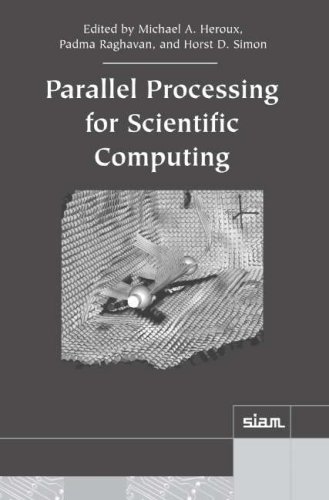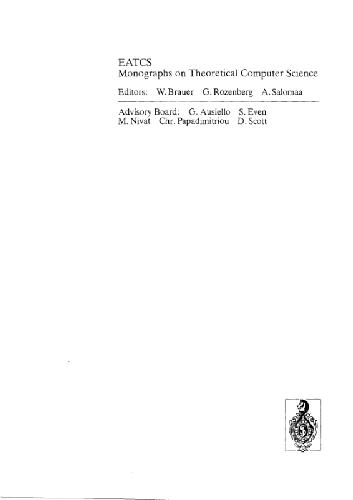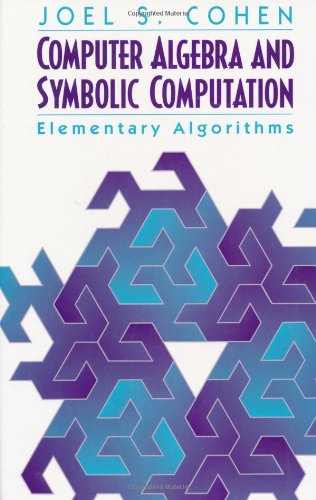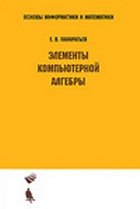Padma Raghavan, and Horst D. Simon Edited by Michael A. Heroux9780898716191, 0898716195
Scientific computing has often been called the third approach to scientific discovery, emerging as a peer to experimentation and theory. Historically, the synergy between experimentation and theory has been well understood: experiments give insight into possible theories, theories inspire experiments, experiments reinforce or invalidate theories, and so on. As scientific computing has evolved to produce results that meet or exceed the quality of experimental and theoretical results, it has become indispensable.
Parallel processing has been an enabling technology in scientific computing for more than 20 years. This book is the first in-depth discussion of parallel computing in 10 years; it reflects the mix of topics that mathematicians, computer scientists, and computational scientists focus on to make parallel processing effective for scientific problems. Presently, the impact of parallel processing on scientific computing varies greatly across disciplines, but it plays a vital role in most problem domains and is absolutely essential in many of them.
Parallel Processing for Scientific Computing is divided into four parts: The first concerns performance modeling, analysis, and optimization; the second focuses on parallel algorithms and software for an array of problems common to many modeling and simulation applications; the third emphasizes tools and environments that can ease and enhance the process of application development; and the fourth provides a sampling of applications that require parallel computing for scaling to solve larger and realistic models that can advance science and engineering.
This edited volume serves as an up-to-date reference for researchers and application developers on the state of the art in scientific computing. It also serves as an excellent overview and introduction, especially for graduate and senior-level undergraduate students interested in computational modeling and simulation and related computer science and applied mathematics aspects.
Contents List of Figures; List of Tables; Preface; Chapter 1: Frontiers of Scientific Computing: An Overview; Part I: Performance Modeling, Analysis and Optimization. Chapter 2: Performance Analysis: From Art to Science; Chapter 3: Approaches to Architecture-Aware Parallel Scientific Computation; Chapter 4: Achieving High Performance on the BlueGene/L Supercomputer; Chapter 5: Performance Evaluation and Modeling of Ultra-Scale Systems; Part II: Parallel Algorithms and Enabling Technologies. Chapter 6: Partitioning and Load Balancing; Chapter 7: Combinatorial Parallel and Scientific Computing; Chapter 8: Parallel Adaptive Mesh Refinement; Chapter 9: Parallel Sparse Solvers, Preconditioners, and Their Applications; Chapter 10: A Survey of Parallelization Techniques for Multigrid Solvers; Chapter 11: Fault Tolerance in Large-Scale Scientific Computing; Part III: Tools and Frameworks for Parallel Applications. Chapter 12: Parallel Tools and Environments: A Survey; Chapter 13: Parallel Linear Algebra Software; Chapter 14: High-Performance Component Software Systems; Chapter 15: Integrating Component-Based Scientific Computing Software; Part IV: Applications of Parallel Computing. Chapter 16: Parallel Algorithms for PDE-Constrained Optimization; Chapter 17: Massively Parallel Mixed-Integer Programming; Chapter 18: Parallel Methods and Software for Multicomponent Simulations; Chapter 19: Parallel Computational Biology; Chapter 20: Opportunities and Challenges for Parallel Computing in Science and Engineering; Index.







Reviews
There are no reviews yet.